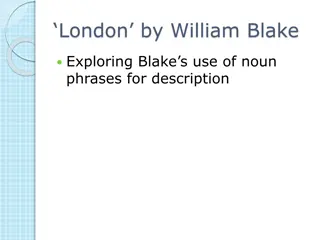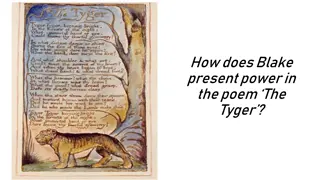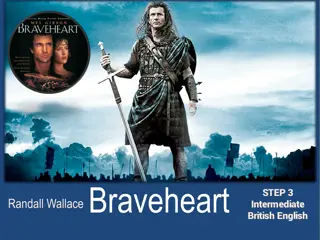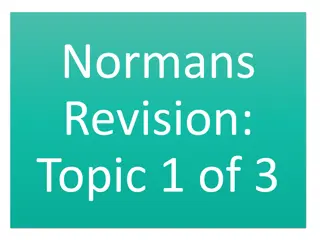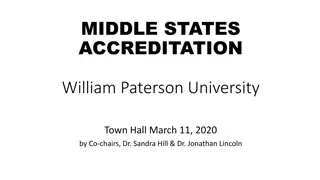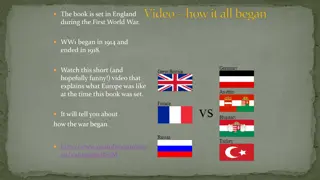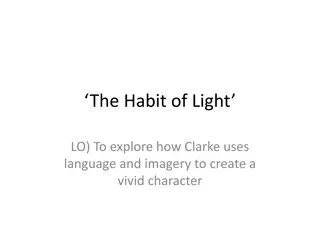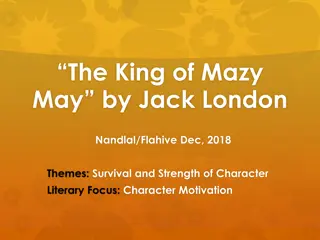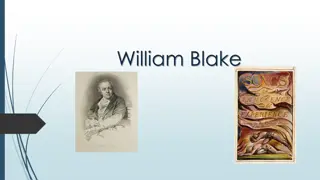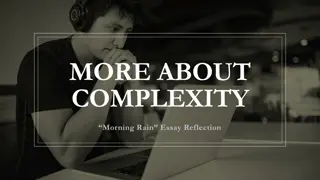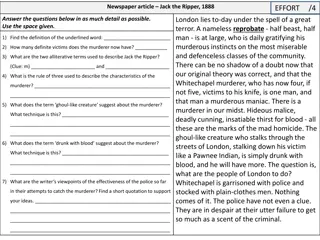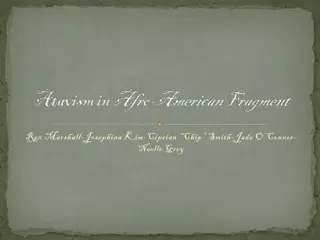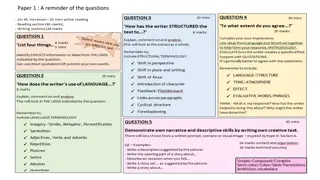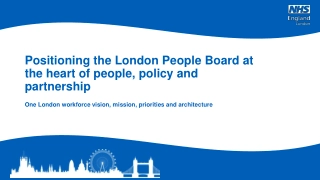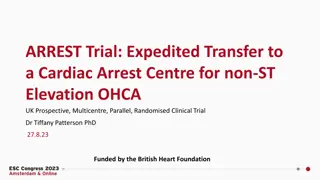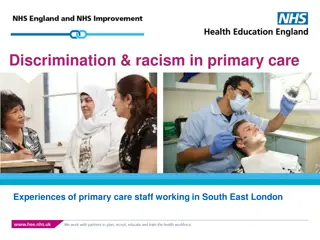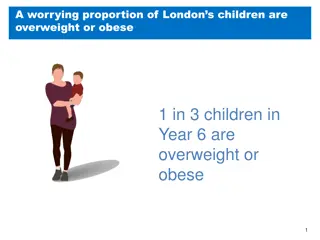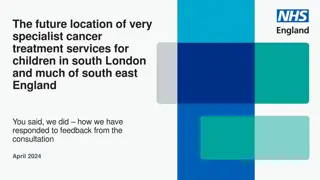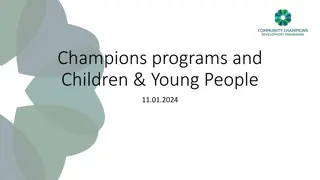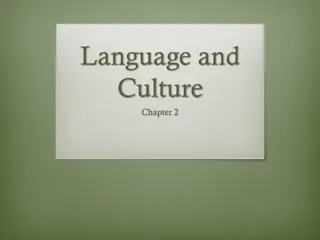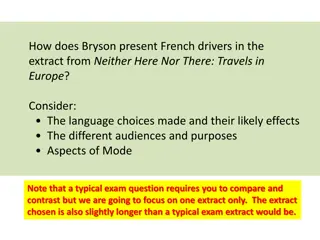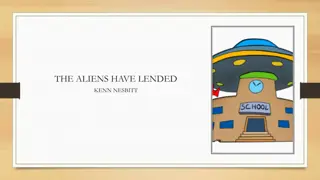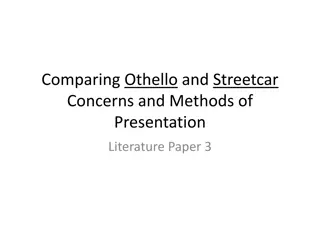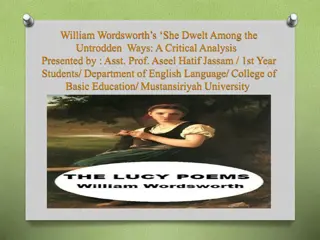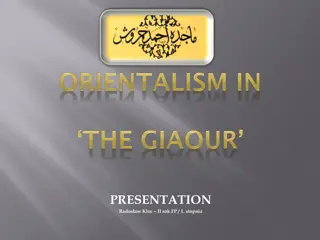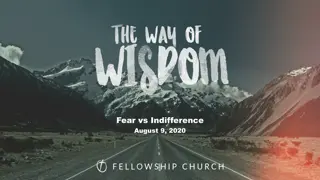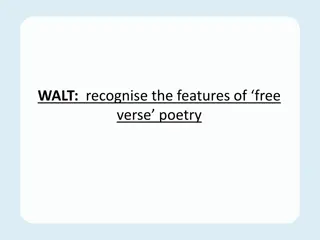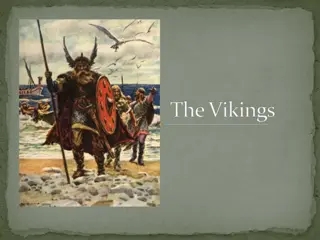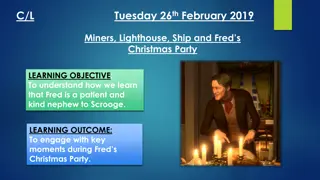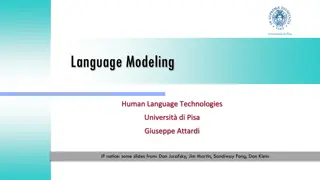Exploring William Blake's Depiction of London Through Language
Delve into William Blake's poem "London" to uncover his attitudes towards the city through his choice of language. Through vivid imagery and poignant descriptions, Blake sheds light on the harsh realities of life in 18th-century London, painting a bleak picture of poverty, suffering, and societal issues. Analyze the poem to decipher Blake's underlying message and explore the deeper meanings behind his words.
Download Presentation

Please find below an Image/Link to download the presentation.
The content on the website is provided AS IS for your information and personal use only. It may not be sold, licensed, or shared on other websites without obtaining consent from the author. Download presentation by click this link. If you encounter any issues during the download, it is possible that the publisher has removed the file from their server.
E N D
Presentation Transcript
Objectives: To explore the context of Blake s London To analyse how Blake s choice of language shows his attitudes towards London Challenge question: What is Blake s message? London William Blake
London by William Blake Learning objective: to understand the way Blake creates meaning in London Success criteria: an annotated poem and notes on class discussion Starter: Consider the following questions, you do not necessarily have to share your answers: 1) 2) Would you consider yourself religious? Is there anything - either in these images or elsewhere- that you find testing to your faith? Ext: What is the effect of placing this bible verse next to these images? Imagine going down to assembly and hearing this passage read, then when walking to your first lesson seeing children begging for food in the corridors and babies dying of diseases outside your classroom. How would you feel? See what great love the Father has lavished on us, that we should be called children of God! And that is what we are!
Men and women stood cooking their supper scraps of bread and cold potatoes they had begged, stolen or picked up during the day. Hungry children held out plates and received blows and kicks from their parents when they came too near. 1700s London: Of every 1,000 children born in early 18th-century London, almost half died before the age of 2. Malnutrition, maternal ignorance, bad water, dirty food, poor hygiene and overcrowding all contributed to this extremely high mortality rate. And if an infant did survive, it then faced the perils of childhood - namely malnourishment and ongoing abuse. Many poor children were dispatched to crowded, backbreaking "workhouses . Dead animals littered the streets. Excrement and rubbish often blocked the drains. Diseases such as diphtheria, cholera and measles flourished. Both read the Bible day and night, but thou read black where I read white. Could you maintain your faith in these circumstances?
Learning objective: to understand the way Blake creates meaning in London Success criteria: an annotated poem and notes on class discussion I wander through each chartered street, Near where the chartered Thames does flow, And mark in every face I meet, Marks of weakness, marks of woe. GLOSSARY Chartered mapped out/ legally defined Mark notice Woe sadness Ban - prohibition Manacles hand cuffs Appalls - horrify/horrifies Hapless unfortunate Harlot prostitute/promiscuous woman Blights spoiling or damaging Plagues illness, destruction Hearse funeral carriage In every cry of every man, In every infant's cry of fear, In every voice, in every ban, The mind-forged manacles I hear: How the chimney-sweeper's cry Every blackening church appalls, And the hapless soldier's sigh Runs in blood down palace-walls. But most, through midnight streets I hear How the youthful harlot's curse Blasts the new-born infant's tear, And blights with plagues the marriage- hearse. AO1: What is this poem about?
Hypotheses HOW does Blake demonstrate these ideas? Consider the: Structure Form what type of poem is it? Speaker? Language and Imagery Use of Rhetoric 1. London is a political protest; Blake is critical of the ruling classes and feels that society is corrupt. 2. Blake presents London as an environment of misery and despair. 3. Blake implies that misery is relentless nobody can escape it.
Poetry what could you look for? Look up a word if you don t know it in the support station. Language Techniques: Imagery Metaphors Personification Similes Structure Blank verse Caesura Enjambment Half rhymes Iambic pentameter and Iambic tetrameter Juxtaposition Metre Rhyming couplet (heroic couplets) Rhyme scheme Rhythm Syntax Volta Form Dramatic monologue sonnet Stanza Ballad Language Techniques: Sound Alliteration Sibilance Assonance Consonance Onomatopoeia Plosive Other Language Irony Euphemism Rhetoric Rhetorical question
Spellings 1. Masculinity 2. Monarchy 3. Paranoia 4. Patriarchal 5. Prophecy 6. Soliloquy 7. Superstition 8. Tyranny 9. Usurp 10. Villainy 11. Catharsis
What 3 emojis would you choose to summarise the poem London? Think about the key events, imagery and the emotions of the poem. Explain why you have chosen each emoji and be ready to explain your ideas


